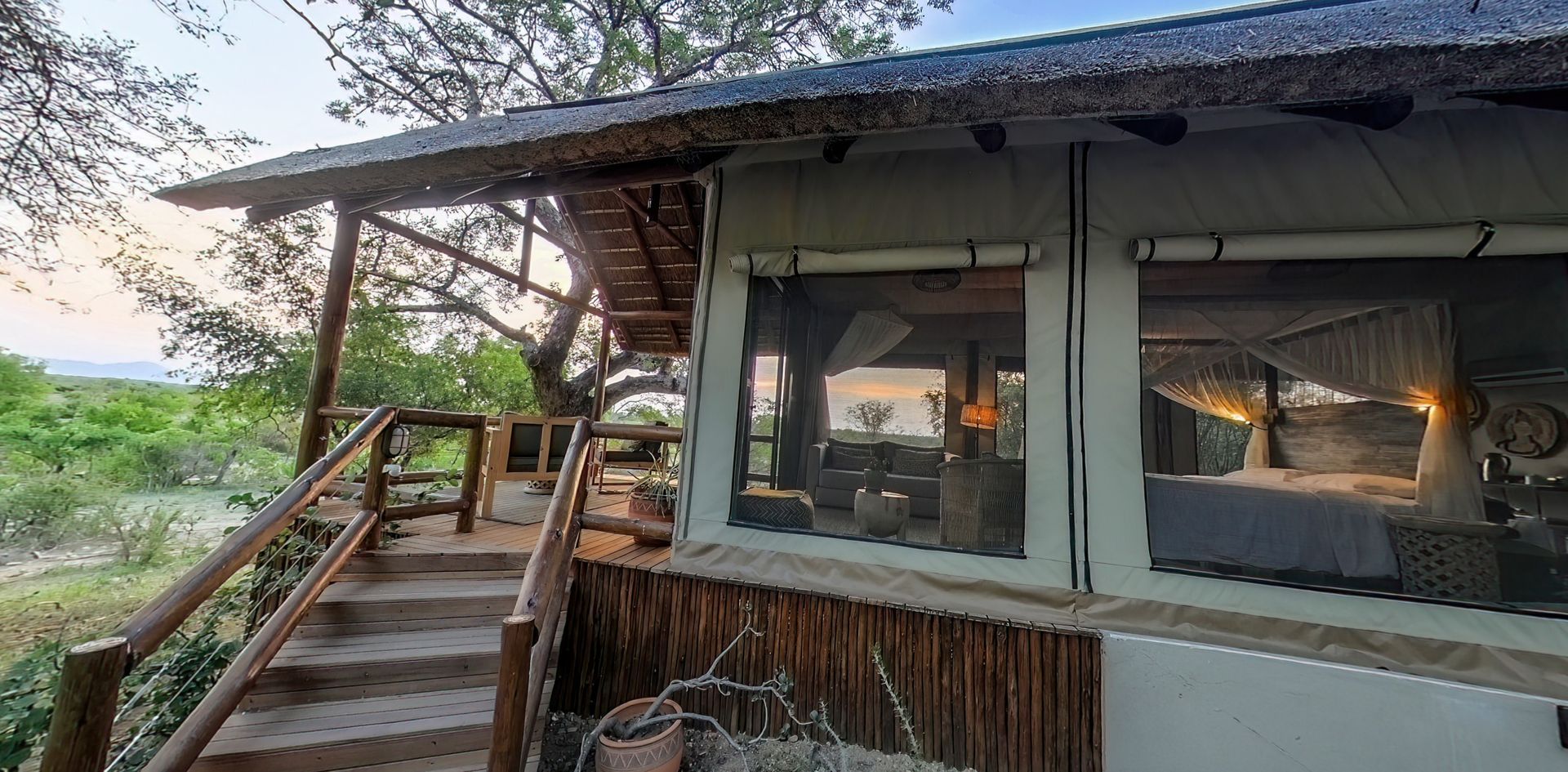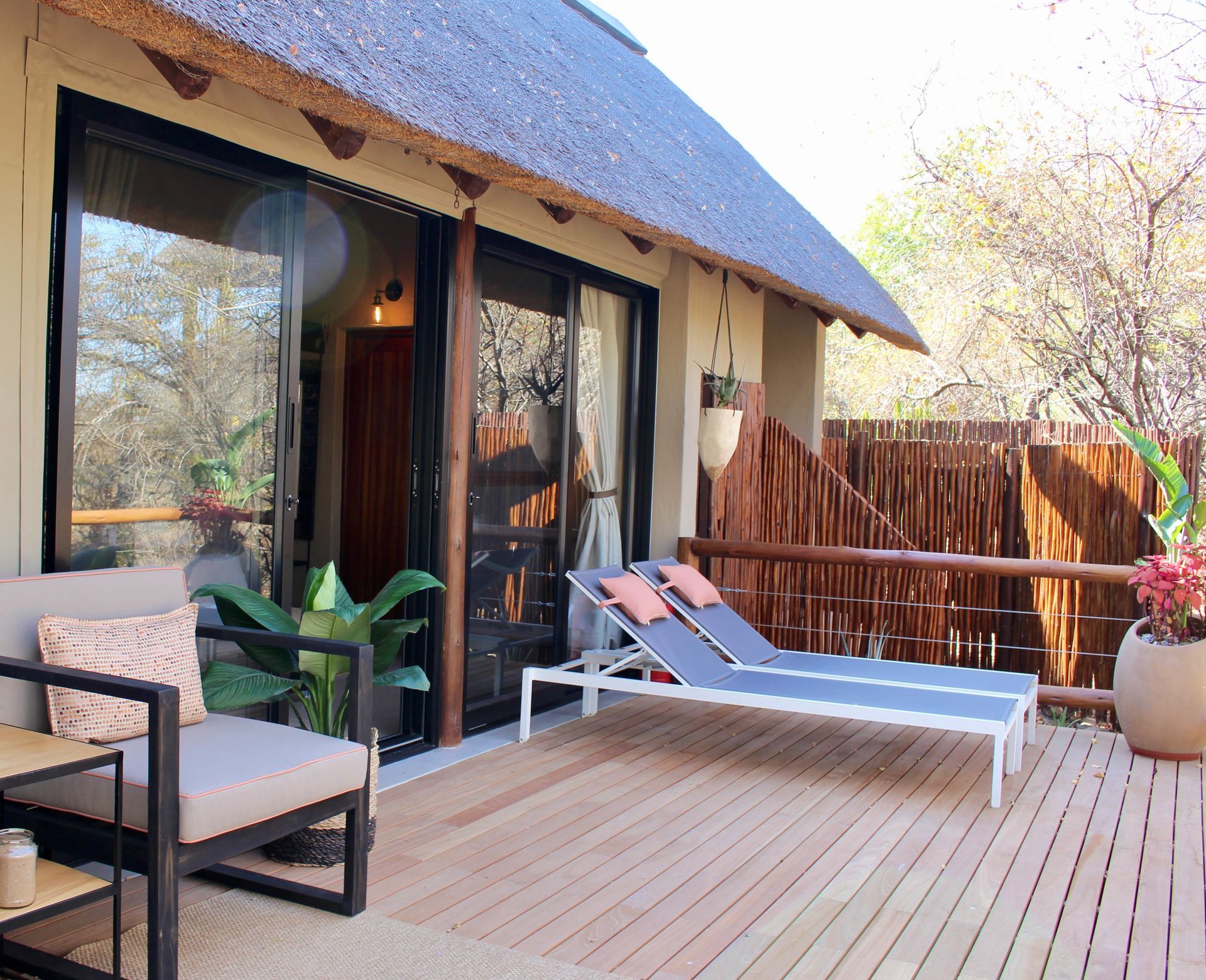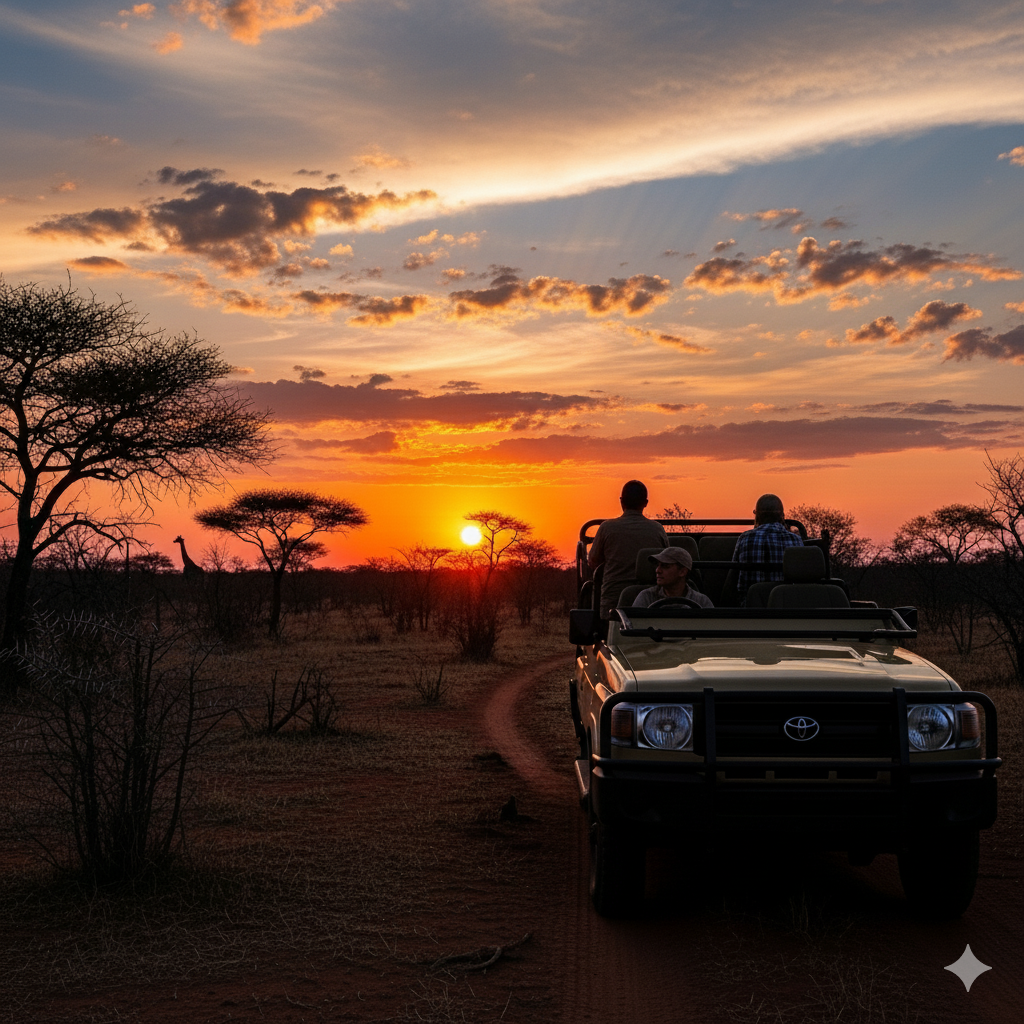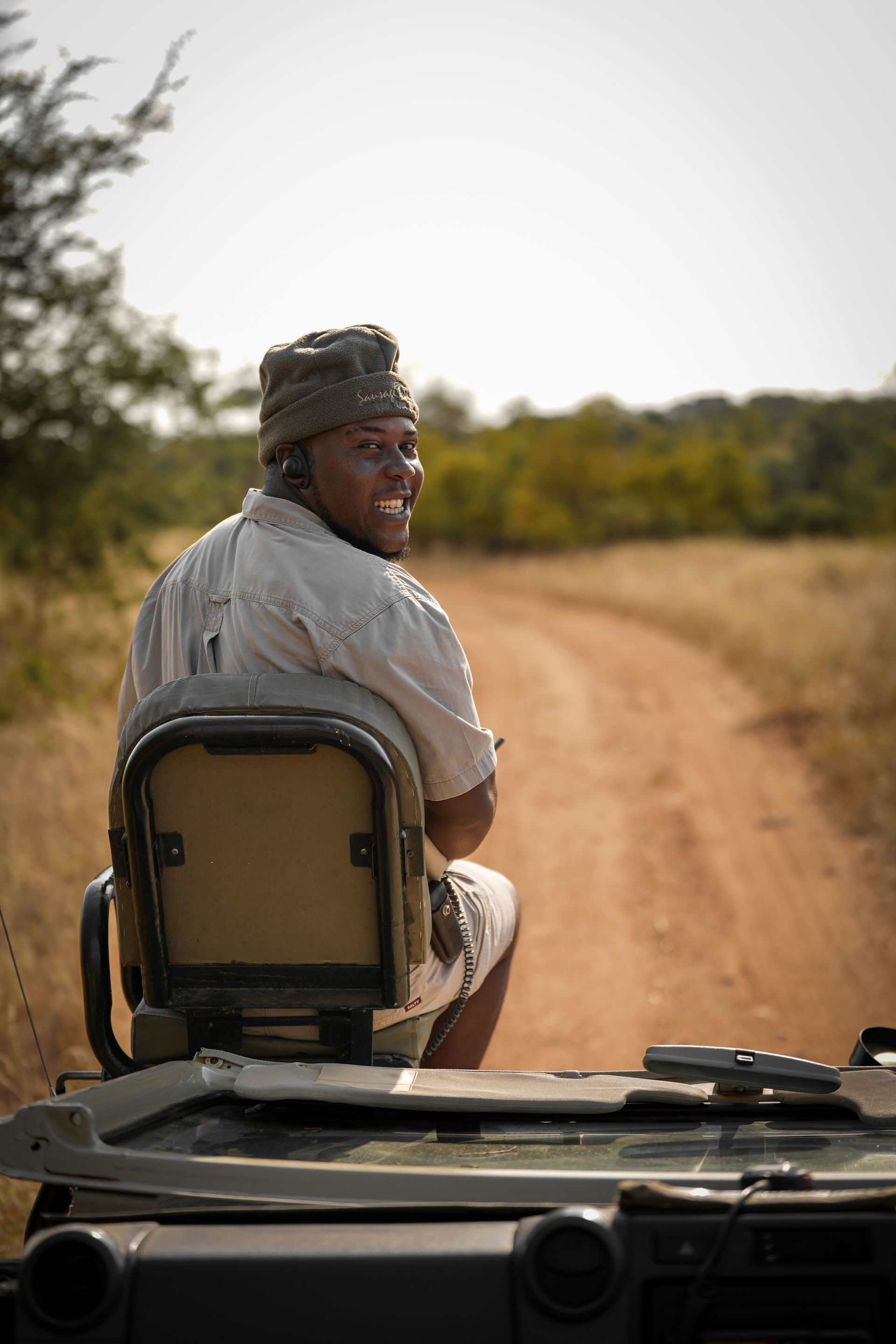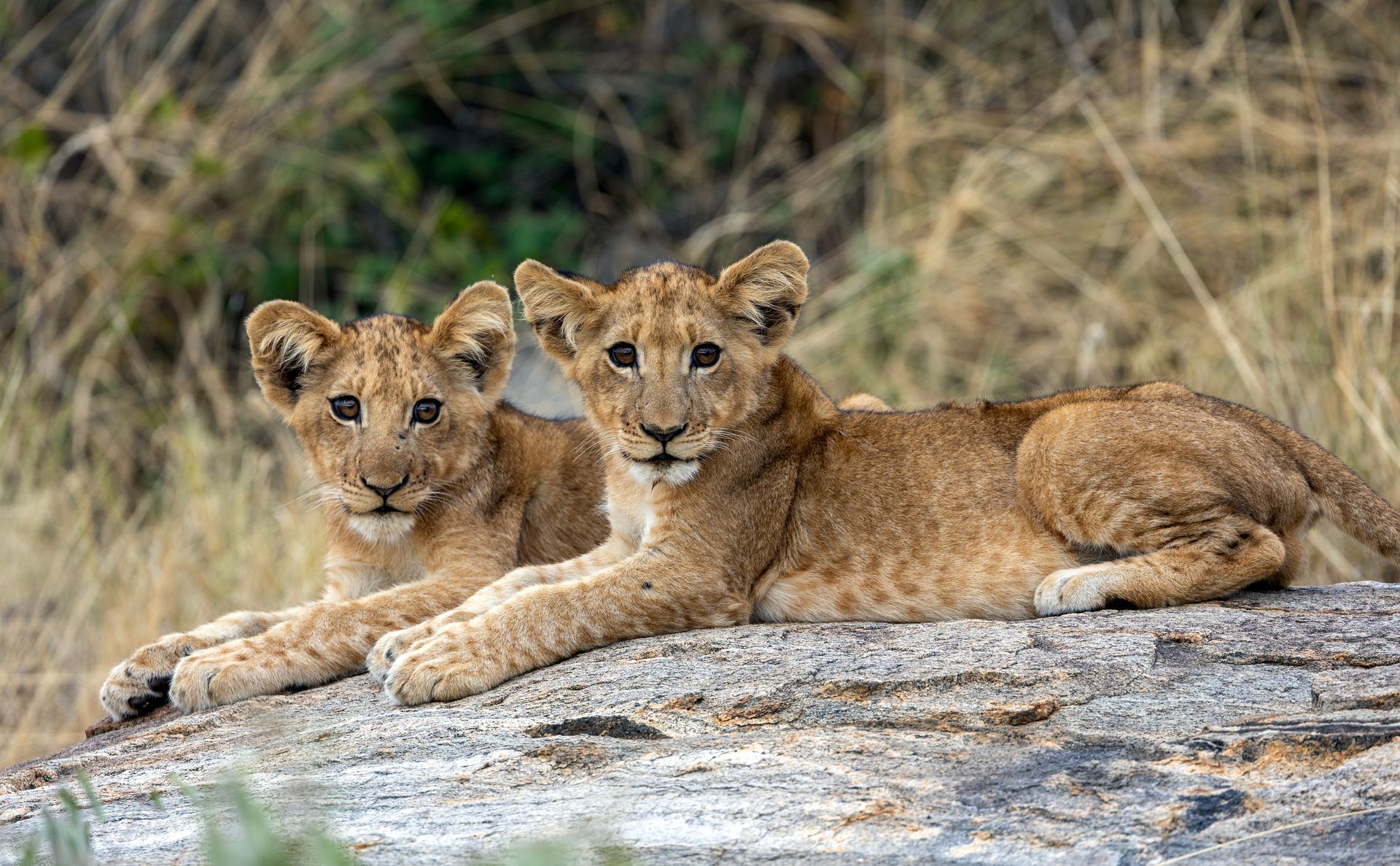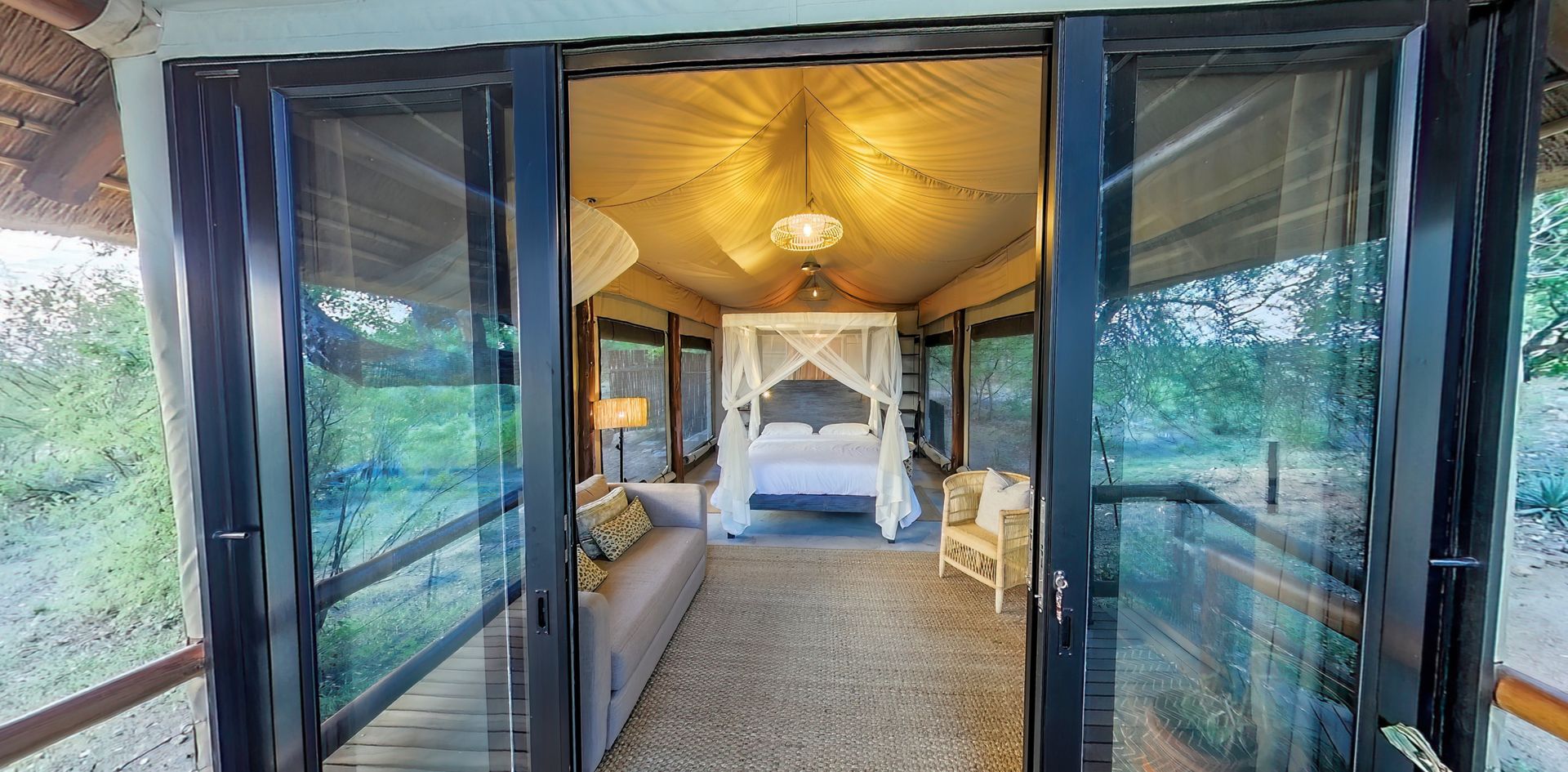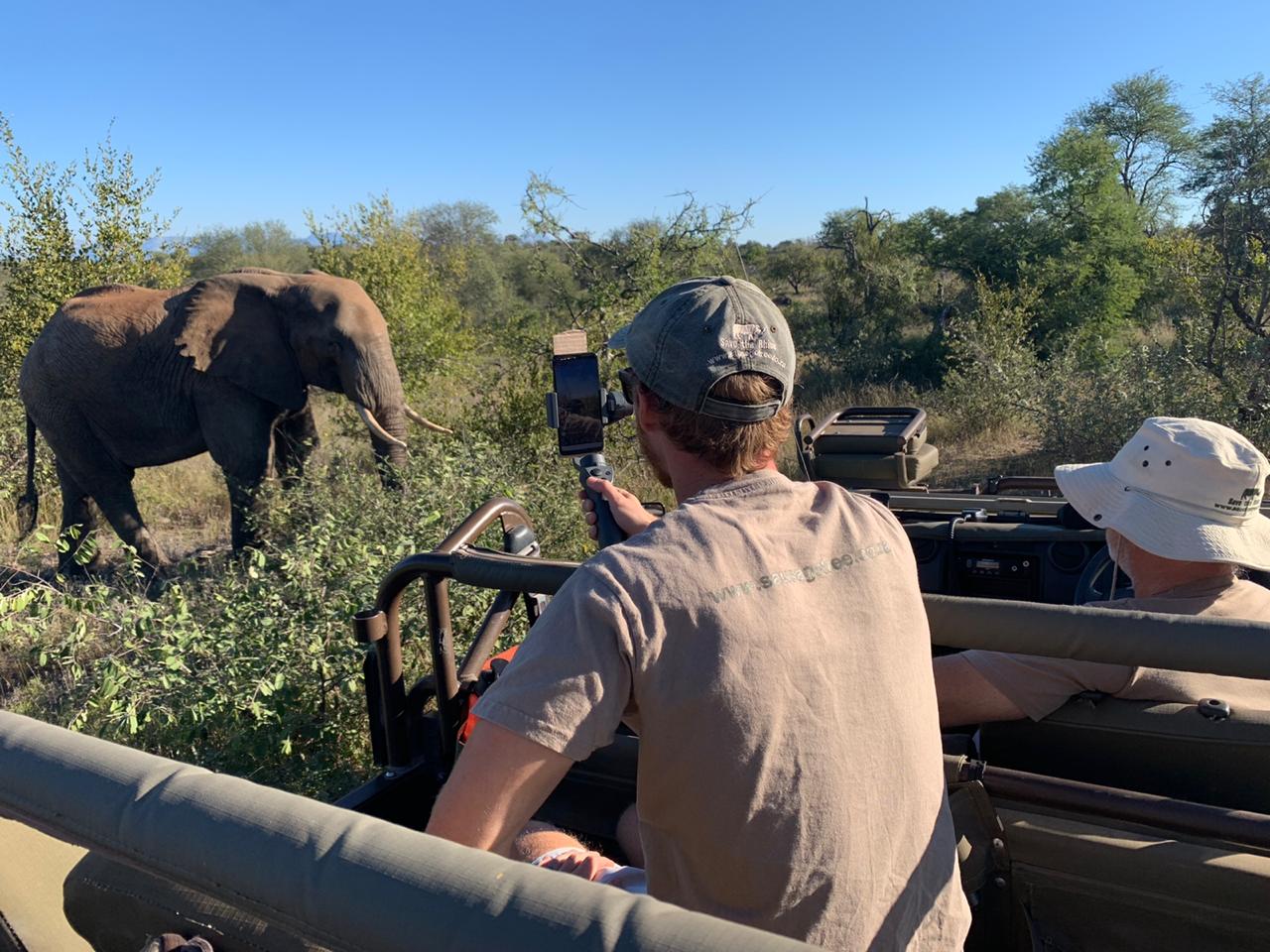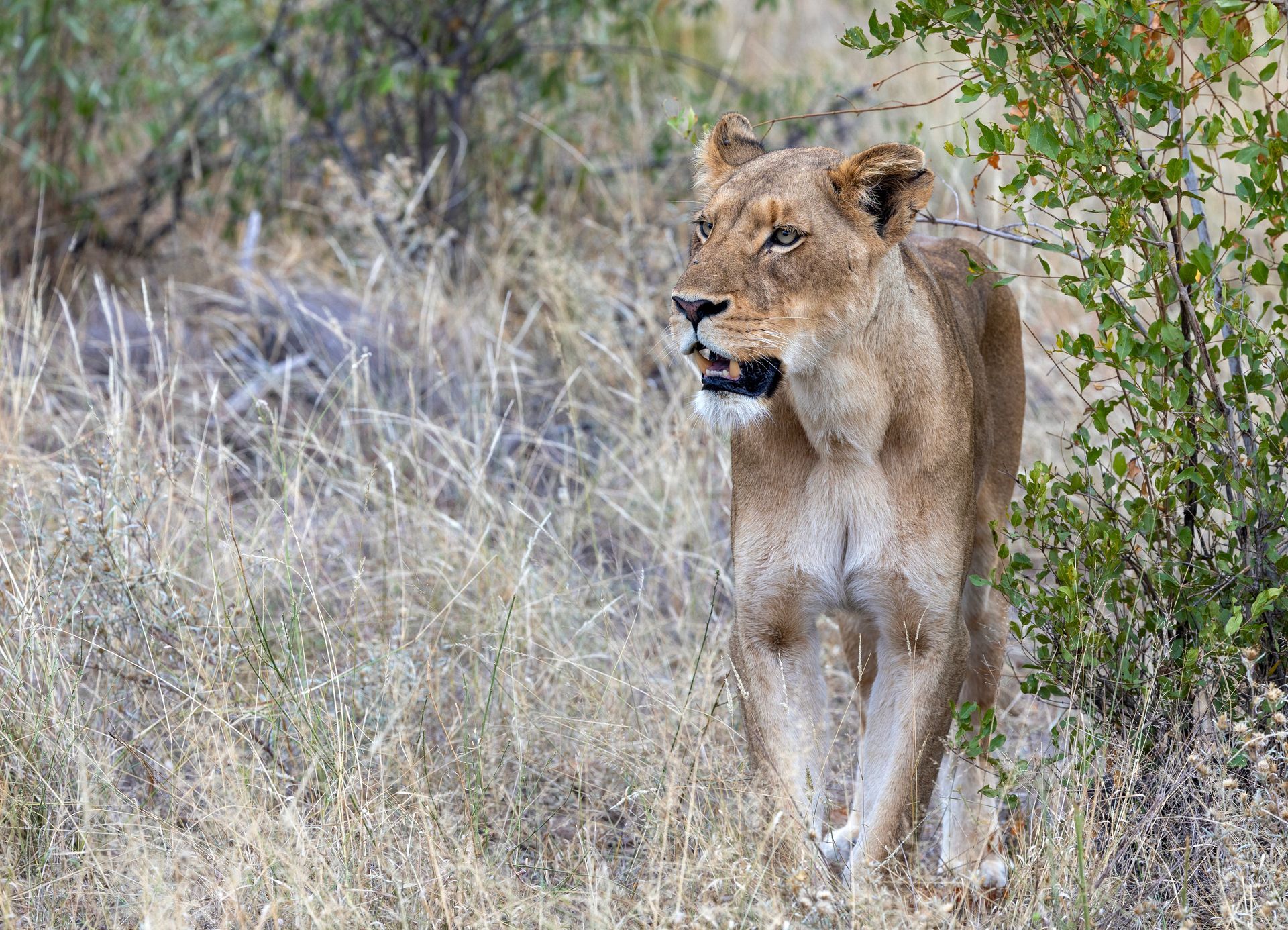Lesser Bush Baby
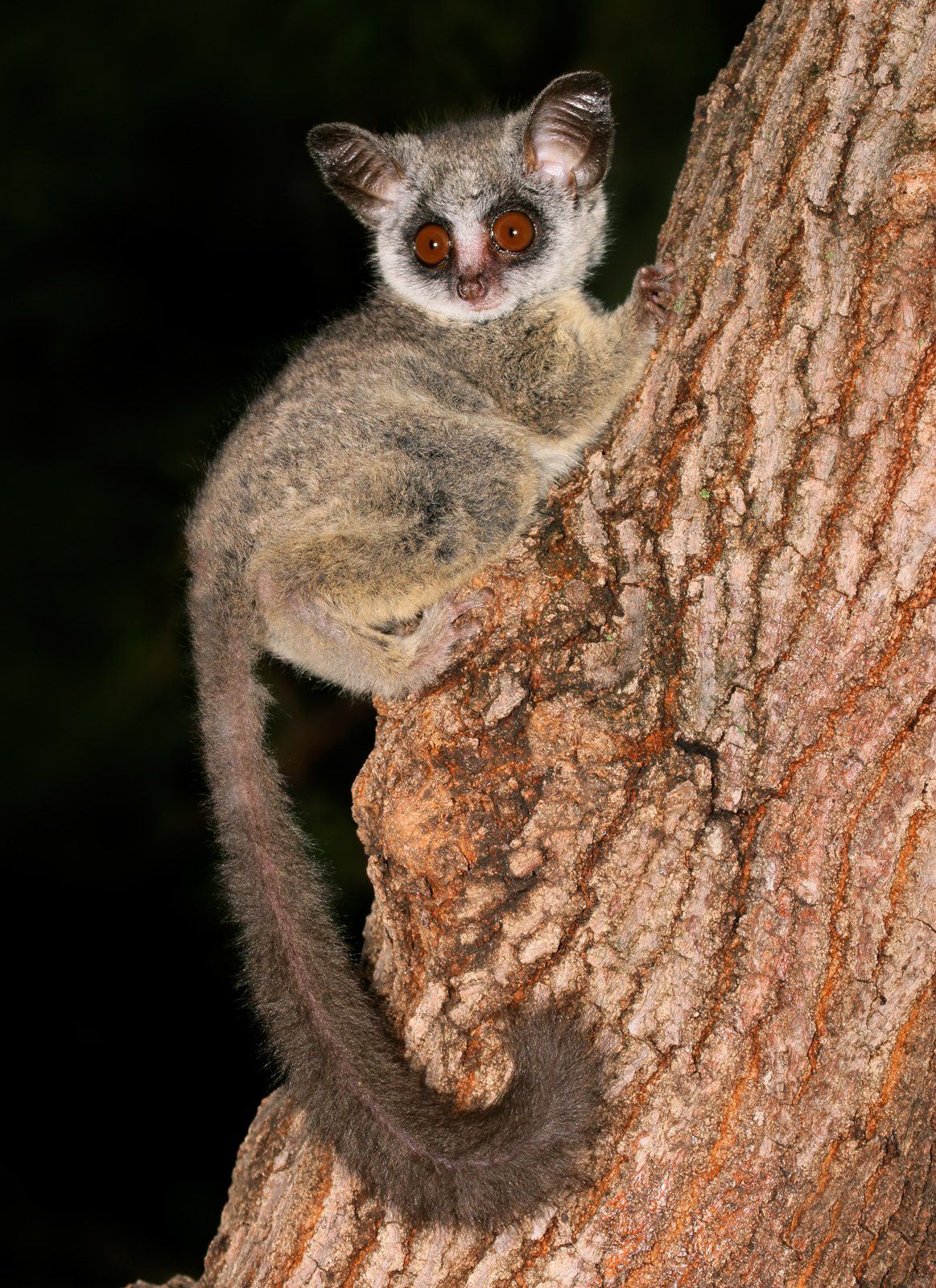
Also known as the Southern Lesser Galago, and the “lesser” is fairly apt in terms of it is a lesser known mammal of the bush and for first time safari goers usually an unexpected and surprising sighting. As we are now in early winter here at Sausage Tree Safari Camp in Greater Kruger , the sparser vegetation makes for easier spotting of these endearing lesser primates.
The first glimpse of this small, nocturnally active animal is often two bright orange eyes caught in the tracker’s spotlight up in a tree. If the bush baby remains still then its entire head ,body, arms, legs and tail will be visible to the general comments of how cute it looks. This may be followed by a display of its phenomenal leaping ability, bouncing from branch to branch as far as 5 meters in one jump.
It has very large eyes which are fixed and fill up their entire sockets, so to compensate its head can swivel within an arc of 180 degrees. Its large ears can also move independently of each other. It’s nighttime vision is very good but its hearing is remarkable. Slow motion filming has revealed that a bush baby can grab an insect in mid air during one of its prodigious leaps, and has been concluded that this is thanks to a finely developed sense of hearing as it has its eyes shut for protection when the catch is made. Its tail can be as long as its body and helps it to maintain its excellent balance.
Its diet during summer months is composed of insects and spiders, and during the insect free winter months it dines on the gum from acacia trees.
Although highly social living in family groups of two to eight , it will forage on its own at night and sleep huddled together in its group tree nest during the day. They will groom each other using forward facing lower canines and an elongated second digit on their hind claw. They even have a secondary tongue below the teeth to clear hair trapped in their teeth.
They are territorial and the dominant male and female will mark their territory by urinating onto their cupped hand and rub it onto their hind feet, spreading it as they move.
The young males will leave their natal group on the onset of puberty to find another group, which avoids inbreeding. The gestation period is around 125 days and one or two babies is the usual. They grow quickly, are independent within eight weeks and can have a lifespan of ten years.
Their enemies are many such as genets, civets and owls ie nocturnal predators active hunting at the same time as they are foraging, travelling as much as 2 km and visiting 500 trees in one night.
Sometimes, in houses with thatched roofs in the bush, a mother will drop one of her newborns and doesn’t retrieve it. This is an opportunity to hand raise a bush baby, Sonja and James having raised several. They are not called babies for nothing though, as they need feeding every 3 to 4 hours around the clock (the real reason for being called bush babies is from the baby like cries of its much larger cousin: the Greater bush baby). After 8 weeks, a window is left open at night to encourage them to forage outside and thus the process of introducing them into the wild begins. They may take a few months or up to a few years, but eventually one morning they won’t return, having integrated with a local group, the way it should be.
